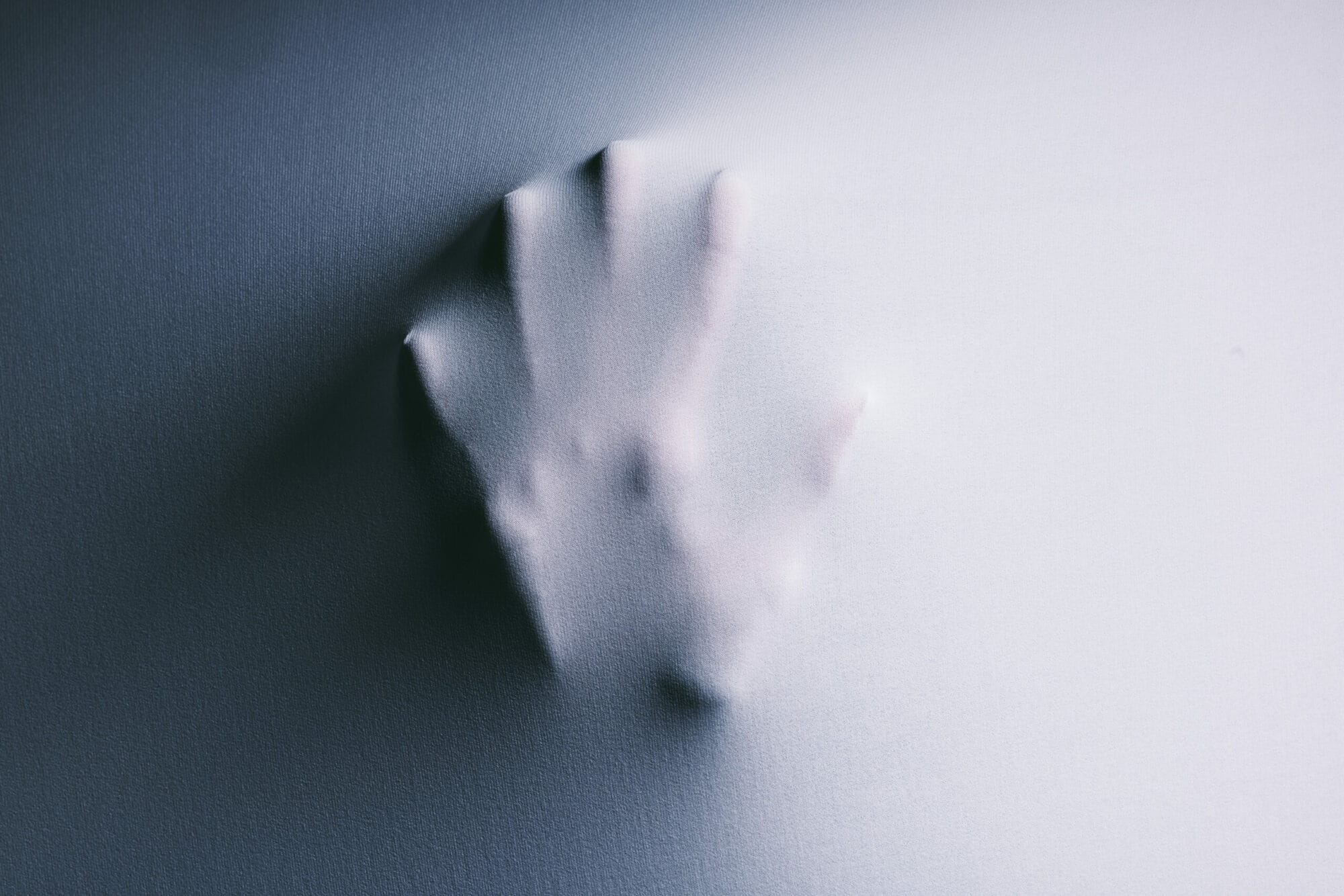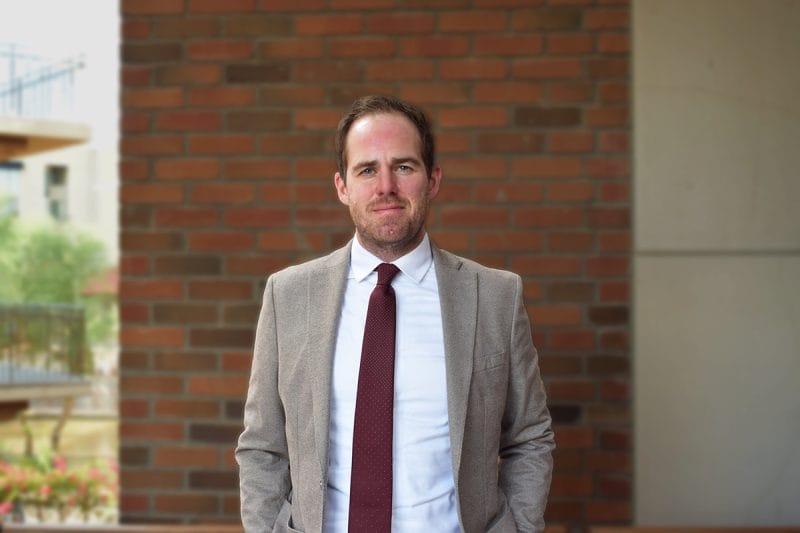AMY SILVERMAN
Phoenix Magazine
Concluding her series on mental health and homelessness, our columnist metaphorically walks the grounds of a moldering Phoenix cemetery – and picks through several decades of neglect in the psychiatric hospital next door.
Not long ago, I was driving to Tempe from Downtown Phoenix with a colleague. We’d just finished interviewing a man living in a shelter, for a project on homelessness. “Let’s take Van Buren back to the office,” I said.
My colleague gave me side-eye. He’s in his early 20s and grew up someplace else, but he knew Van Buren Street in East Phoenix – once the epicenter of the city’s prostitution industry, and still one of its most blighted roadways – hardly amounted to a scenic tour. Not in a traditional sense, anyway.
“Look,” I said, motioning north as we approached 24th Street. “That’s the Arizona State Hospital.” The fence and foliage obscure any kind of view, but if you pay attention, it’s clear that this is some sort of locked facility.
“What is it?” my colleague asked. When I told him, he didn’t believe me. He probably never even considered it a possibility in today’s world – that people are locked in mental wards in the middle of the city. We’ve talked plenty about mental health issues, but always in the context of the people living on the street or in the community.
I wish I’d had time to take him to my newest discovery, the Arizona State Hospital Cemetery, just south of the ASH complex on Roosevelt Street. No one’s been buried there for decades, and it appears it’s been that long since anyone bothered to take care of the narrow plot of land. There’s a plaque at the front, but most graves appear unmarked. Even if there were grave markers, you likely wouldn’t be able to see anything because the space is covered in dead yellow grass.








